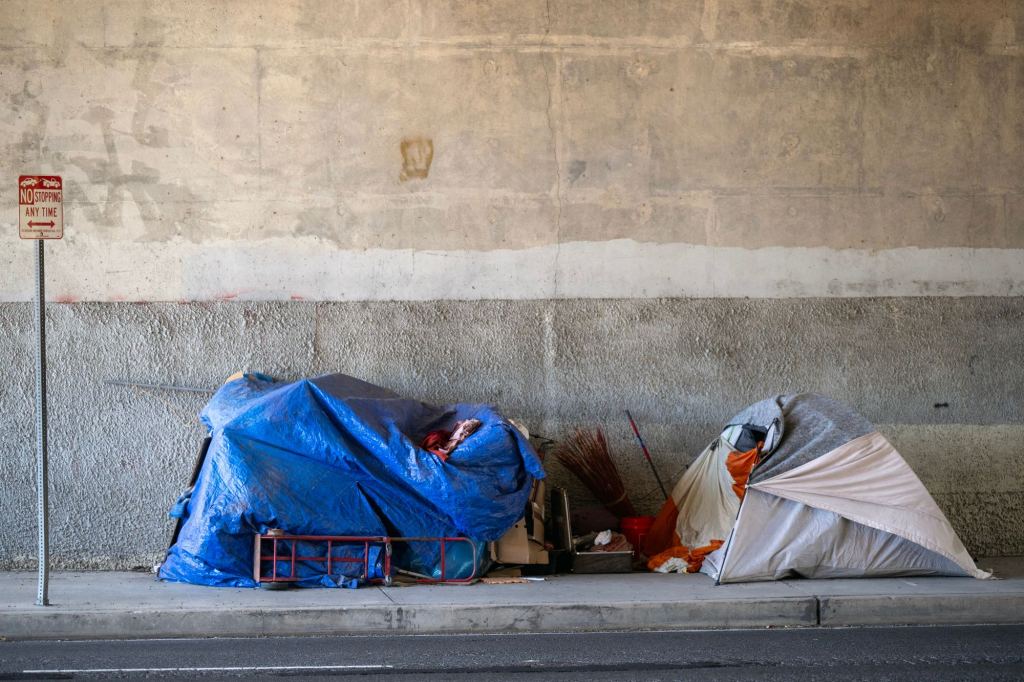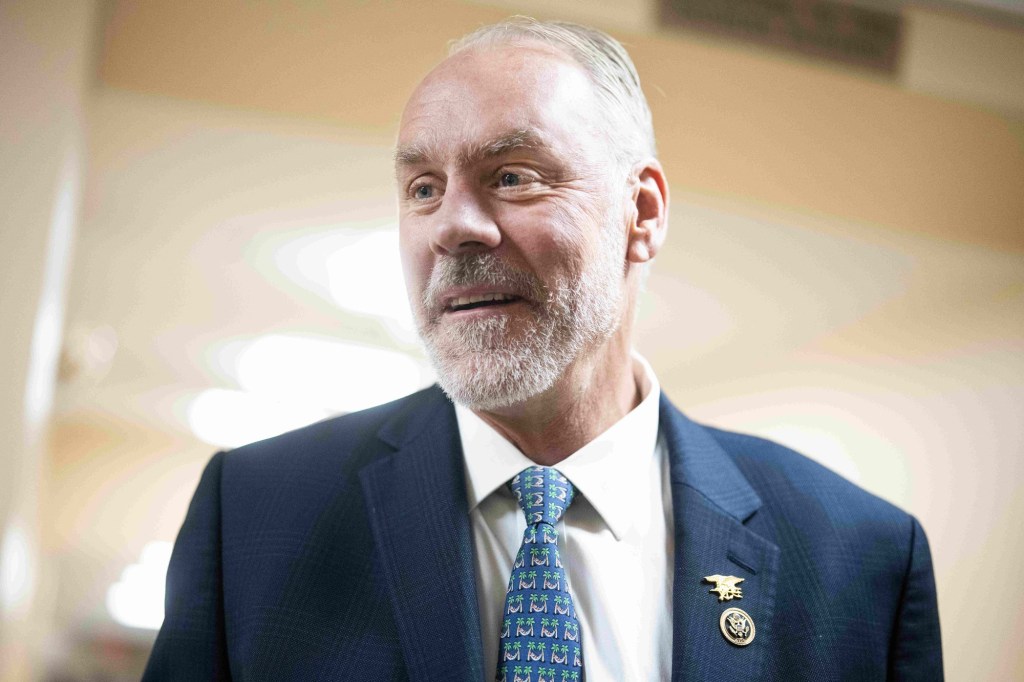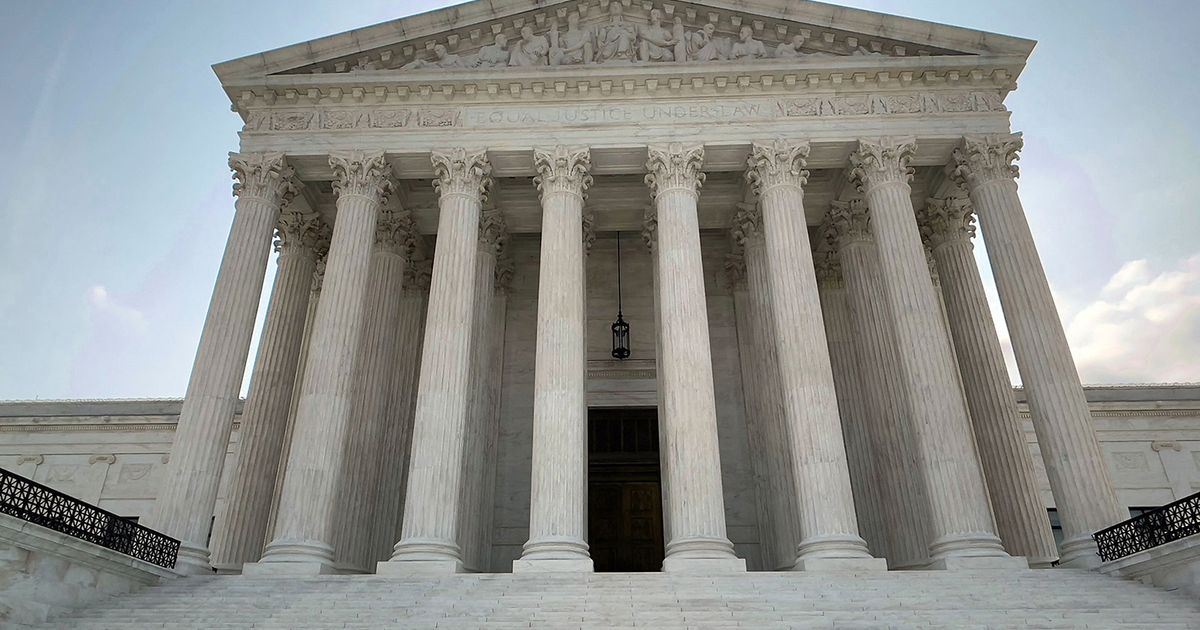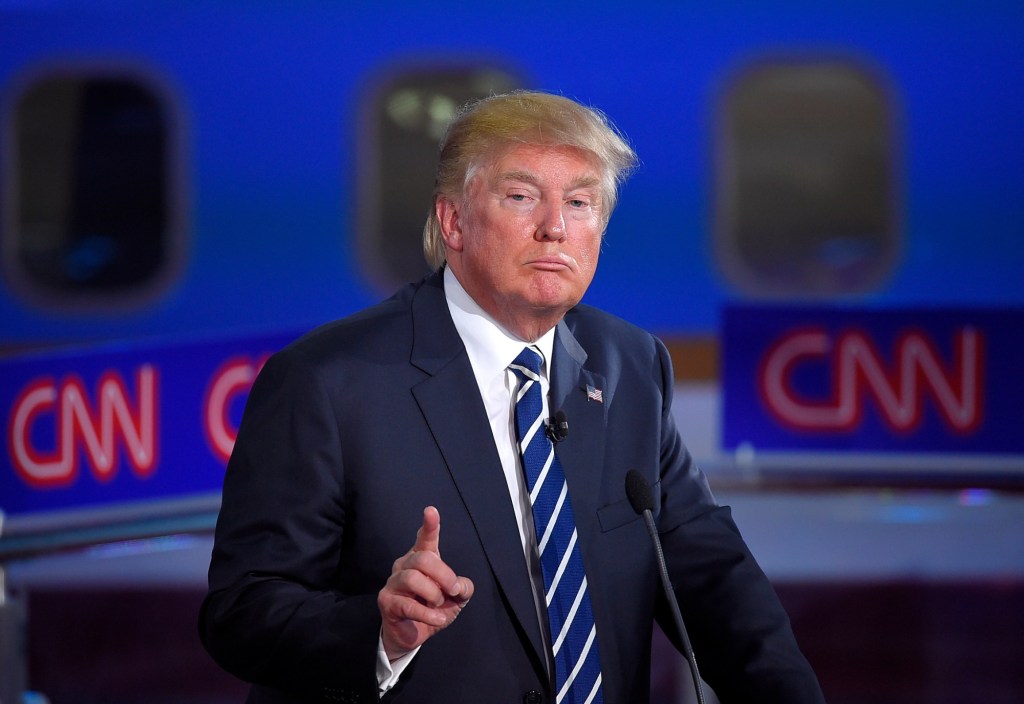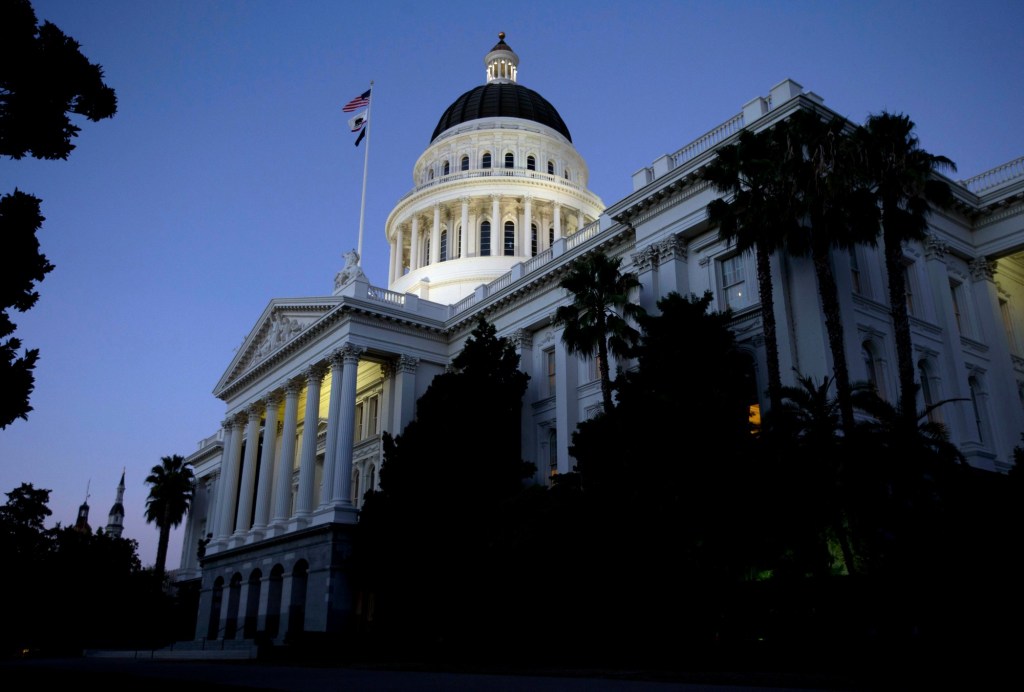Homelessness coverage in California, and particularly in Los Angeles County, is a failure by each measure, and the federal government doesn’t even know the place the cash went.
In March, the town of L.A. was ordered by a federal choose to pay for an audit of all homelessness spending and packages funded or operated by the town since early 2020.
In April, the state auditor reported that nobody is aware of the place or how successfully California has spent the “important quantity of extra funding” it threw at state-funded homelessness packages since 2021.
In Could, the L.A. County Board of Supervisors listened to the CEO of the Los Angeles Homeless Providers Authority learn a PowerPoint presentation trying to clarify how LAHSA distributes its $848 million in annual funding from federal, state, county and metropolis taxpayers, plus $2 million from philanthropy.
LAHSA is a city-county joint powers authority that exists as a pass-through group to distribute the cash from its “funders” to its “suppliers,” greater than 100 nonprofit “associate businesses” that make all the selections about hiring and contracting to supply homelessness companies.
At their Could 21 board assembly, the L.A. County supervisors heard from the leaders of service supplier organizations together with LAHSA’s CEO and county officers concerning the speedy drawback, which is that service suppliers are having to take out traces of credit score to cowl thousands and thousands of {dollars} of payments each month whereas they await LAHSA to underpay them.
Everybody agreed that the fee system is damaged, and also you most likely gained’t be stunned to listen to that everybody’s most popular resolution is a few model of pay extra and pay earlier. The supervisors requested for a report on totally different choices to attain that. Later this month they’ll hear one other PowerPoint presentation.
Proper now, service suppliers pay their workers, contractors and bills, and so they ship an bill to LAHSA for reimbursement. Then LAHSA sends invoices to the assorted governments. When the cash is available in, LAHSA pays the suppliers. By then the suppliers have borrowed cash to pay for one more month of companies, so that they’re nonetheless incurring curiosity prices, which the county doesn’t reimburse.
The county fronts LAHSA “working capital” to keep away from fee delays, however that apparently doesn’t work.
In reality, this method was by no means designed to work. It was designed to distribute blame so broadly that it falls proper off the sting of the spreadsheet and nobody is held accountable for outcomes.
The size of the service-providing system, and the accountability drawback, grew exponentially with the passage in 2017 of Measure H, a brief gross sales tax improve of 0.25% in L.A. County to pay for homelessness companies. The system and the issue scaled up once more with the flood of COVID reduction {dollars}.
The COVID cash is gone and Measure H expires in 2027. Supervisor Hilda Solis recognized the elephant within the room. “We’re quickly going to be confronted with going out to our voters once more,” she mentioned.
She most likely shouldn’t have mentioned that. The measure now headed for the November poll, which might double the Measure H gross sales tax and make it everlasting, is a “residents’ initiative.” This will get it by way of the state Supreme Court docket’s “Upland” loophole, created by a 2017 case by which the courtroom instructed that the structure doesn’t apply to a “residents’ initiative” tax improve, so as an alternative of needing the constitutionally required two-thirds vote to move, it solely wants 50%-plus-one-vote.
If Solis and her board colleagues are the “we” placing the tax measure on the poll, it wants a two-thirds vote.
Both manner, voters ought to simply say no and pressure the county to reply exhausting questions. Ought to the federal government present homelessness companies straight? Ought to medical, behavioral and housing companies be supplied in a different way for higher outcomes? Ought to the function of nonprofits and their extremely paid executives be scaled again or eradicated?
The people talking on the board assembly described their work as “a mission” however this missionary work has very worldly advantages. In keeping with tax filings, the 2022 salaries of the highest executives of these service suppliers had been between $200,000 and $350,000. LAHSA’s CEO was employed in January 2023 at $430,000 per yr.
That is an insane system that isn’t working. It’s time to scrap it and begin over.
Write Susan@SusanShelley.com and comply with her on Twitter @Susan_Shelley
Source link
